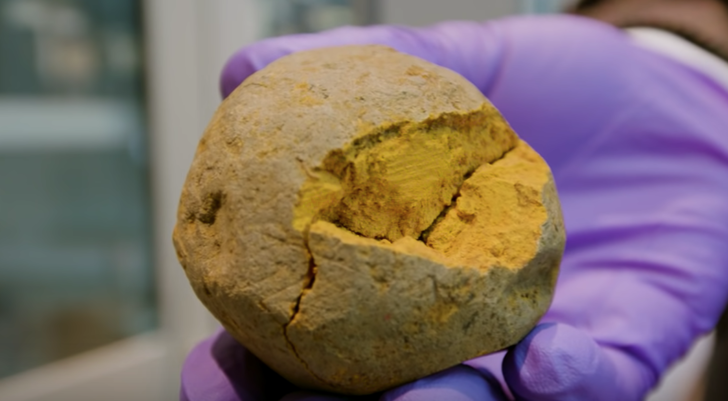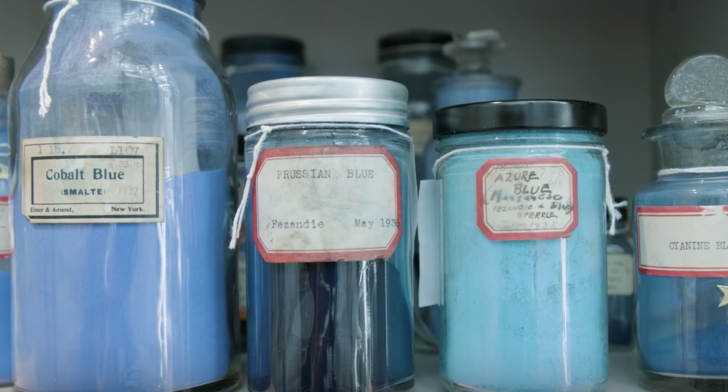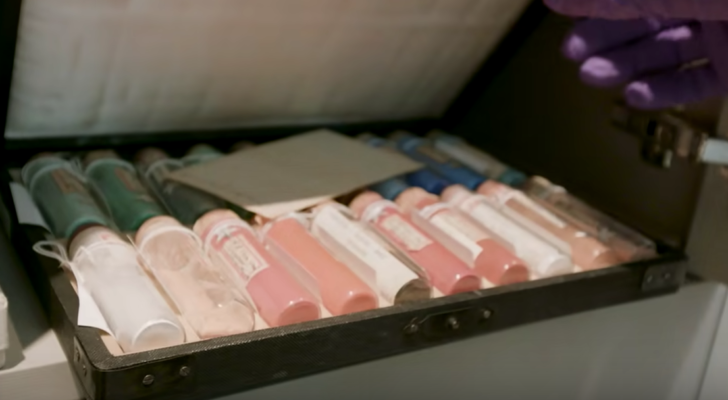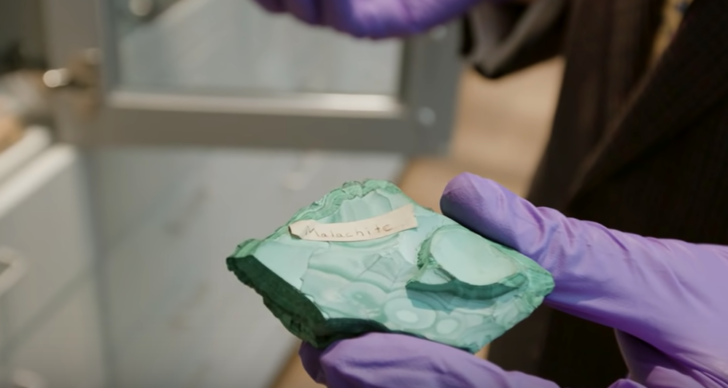The Man Who Protects The World’s Rarest Colors
The collection is less about the color itself, and more about the means by which it is procured.
The Forbes Pigment Collection resides at Harvard University and is curated and protected by Narayan Khandekar. He explains that the collection is less about the color itself, and more about the means by which it is procured. For example, it might be the crushed beetles that feed off of a particular plant, a chunk of lead soaked in vinegar, even the resin that comes off of the wrappings of ancient mummies. Truly, these are the colors of the world.


This ball of Indian Yellow is perhaps the rarest color in the Forbes Pigment Collection. It comes from the dried urine of cows that have only fed on mango leaves. That’s… Unique, to say the least.


So, what are these pigments used for, exactly? Pigments are generally used to create paints. It is the base added to the mix to create color. Of course, the paints you buy in craft stores are synthetic, and wouldn’t contain such rare ingredients. But, a few lucky and talented artists have used these very elements in their masterpieces.


Another function of the Forbes Pigment Collection is to test and authenticate famous paintings. People bring in paintings claimed to be done by famous artists, and the team working here can sample and test the paint, breaking it down into its most basic form to see if that particular material would have been availble during the time period the painting is from.
Watch the video below to find out more about these rare colors!
SKM: below-content placeholderWhizzco for CRH

